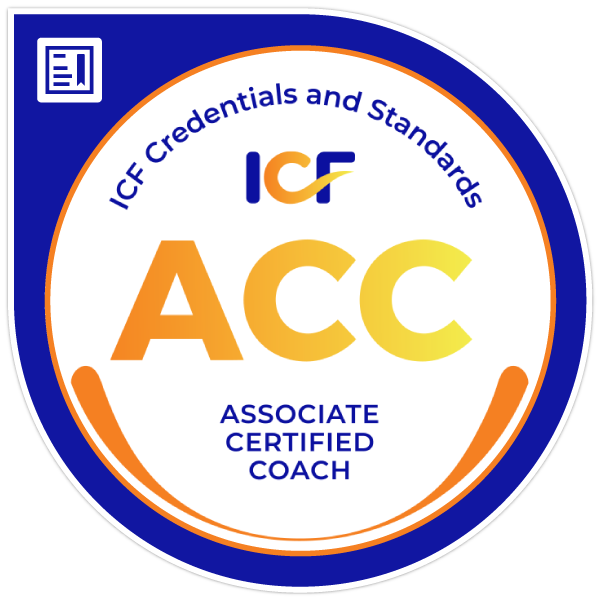On the art of adapting your leadership – without losing direction.
In many conversations with managers in coaching, we eventually come to situational leadership. It's not surprising – to know how leading in different situations is one of the most challenging (and important) tasks in today's fast-paced work environment.
I have had the privilege of working as a manager and leader in both large organizations and smaller teams. One of the most recurring lessons?
👉 What works for one person does not automatically work for another.
👉 And what worked yesterday may not work today.
It was only when I truly understood this – and began to adapt my leadership to the situation, individual, and level of experience – that both the team and I could grow more sustainably.
What is situational leadership?
The model was developed by Paul Hersey and Ken Blanchard in the 1960s and is based on a simple yet powerful insight:
“There is nothing so unequal as the equal treatment of unequals.”
– Ken Blanchard
Not all employees need the same type of leadership. Sometimes clarity, structure, and instructions are required – other times, the most effective approach is to step aside and create space for personal responsibility. The situational model helps you adjust the degree of:
🧭 Directing – how much guidance, instruction, and decision-making you provide as a leader.
🤝 Supporting – how much you use a coaching approach, listen, and create a sense of security.
Adapting the degree of these two concepts requires self-awareness, presence, and courage.
Leadership coaching – your mirror and compass
Situational leadership is fundamentally about the ability to read people and situations, but also about having the courage to adapt your own style – even when it feels uncomfortable.
Here, coaching can be crucial. In professional leadership coaching, you receive:
🔍 Reflect on your own patterns and reactions
🧭 Practice leading both yourself and others in different situations
🗝️ Find new ways to combine support and direction based on what is actually needed
Making a difference – not being perfect
There is a myth that good leaders always know exactly what is required. But true leadership often lies in the willingness to try to understand, rather than having all the answers.
“Great leaders don’t set out to be a leader…they set out to make a difference.”
– Lisa Haisha
Finally – a question for you:
What leadership style do you most often lean towards – and what happens if you try something different next time?
👉 Do you want to explore how you can sharpen your situational leadership?
Book a first introductory session at no extra cost, and together we will explore how coaching can help you develop – as a person and as a leader.


